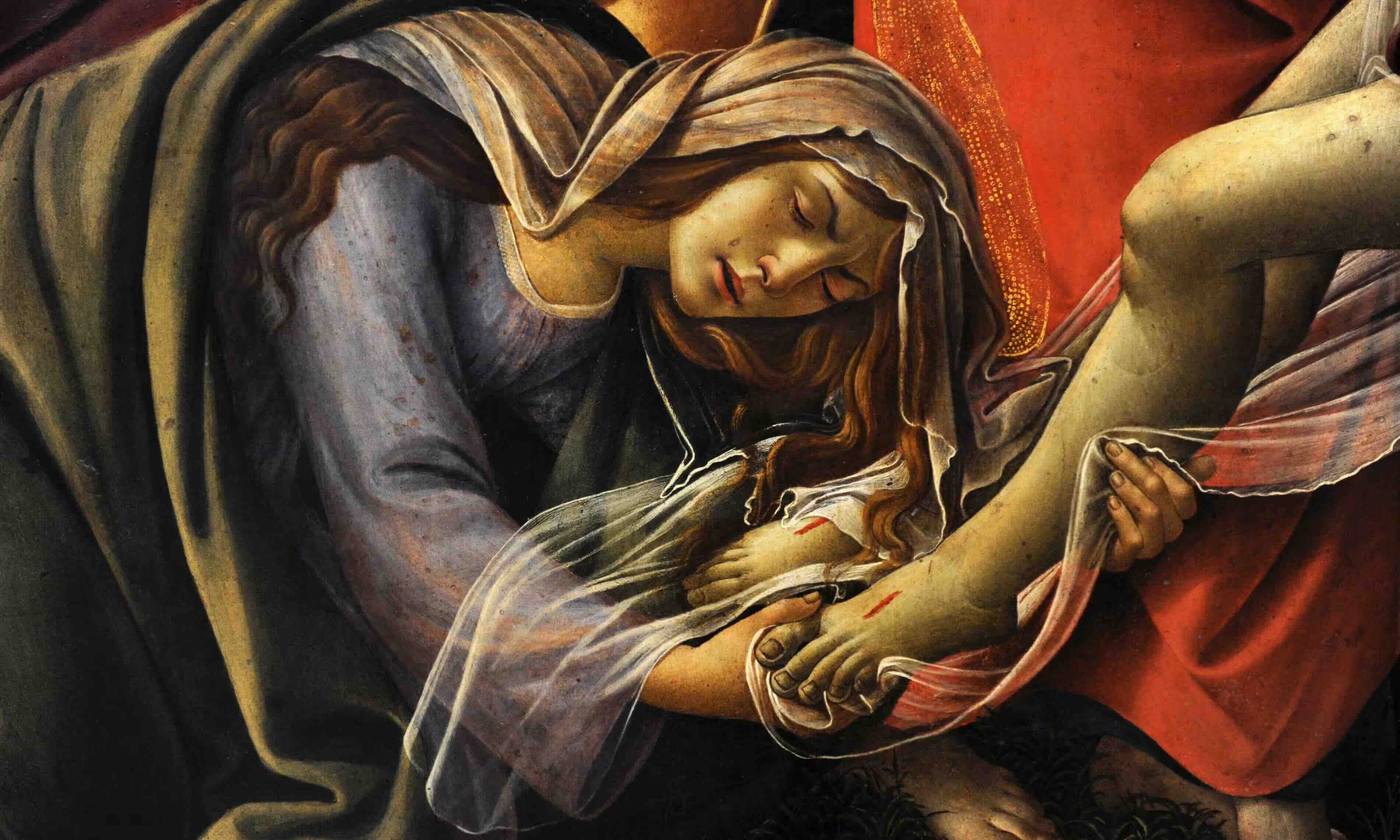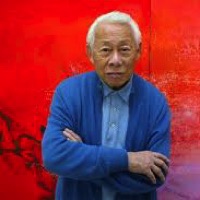
Zao Wou-Ki
Chinese-French / 1920–2013 Zao’s lyrical abstractions merge Eastern and Western artistic traditions, using gestural brushwork and vibrant color palettes.
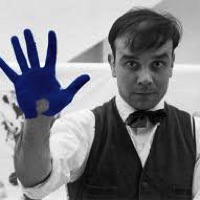
Yves Klein
French / 1928–1962 Klein is best known for his monochromatic works, particularly "International Klein Blue," and his exploration of immateriality and performance art.
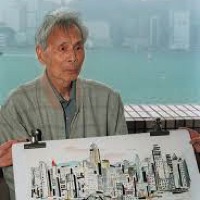
Wu Guanzhong
Chinese / 1919–2010 A pioneering modernist, Wu’s works bridge Chinese and Western art traditions, focusing on landscapes and urban scenes.

Willem de Kooning
Dutch-American / 1904–1997 A leading Abstract Expressionist, de Kooning’s dynamic brushstrokes and merging of abstraction and figuration defined his innovative approach.
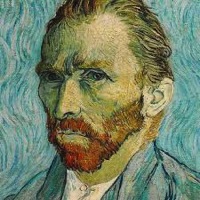
Vincent van Gogh
Dutch / 1853–1890 Known for his expressive use of color and emotive brushwork, Van Gogh created some of the most iconic works of Post-Impressionism. His art reflects a profound connection with nature and human emotion.
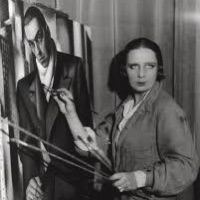
Tamara de Lempicka
Polish / 1898–1980 Known for her sleek Art Deco portraits, de Lempicka’s works exude elegance and modernity, celebrating the glamour of the interwar period.

René Magritte
Belgian / 1898–1967 A Surrealist master, Magritte’s works challenge perception with thought-provoking imagery that juxtaposes the ordinary and the mysterious.
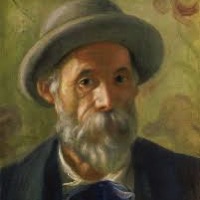
Pierre-Auguste Renoir
French / 1841–1919 A celebrated Impressionist, Renoir is known for his luminous depictions of everyday life, emphasizing beauty, light, and human connection.
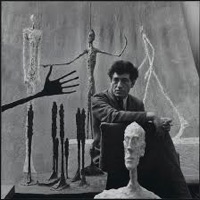
Alberto Giacometti
Swiss / 1901–1966 Giacometti’s elongated sculptures convey a sense of existential isolation, exploring the fragility of human existence.
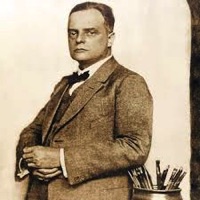
Paul Klee
Swiss-German / 1879–1940 Klee’s whimsical and abstract compositions draw inspiration from dreams, music, and nature, blending line, color, and form innovatively.
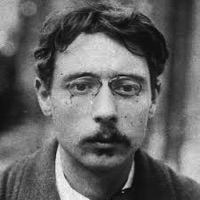
Pierre Bonnard
French / 1867–1947 Bonnard’s post-Impressionist works feature intimate domestic scenes, characterized by soft colors and light-filled compositions.
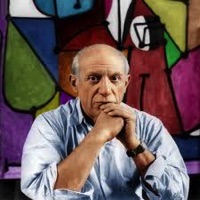
Pablo Picasso
Spanish / 1881–1973 A pioneering figure of 20th-century art, Pablo Picasso co-founded the Cubist movement and made significant contributions to Surrealism and Symbolism. His works span various styles and mediums, reflecting his ceaseless experimentation and creative energy.
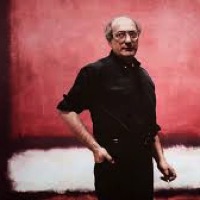
Mark Rothko
American / 1903–1970 A prominent Abstract Expressionist, Rothko is best known for his color field paintings that evoke deep emotional resonance through their luminous blocks of color.
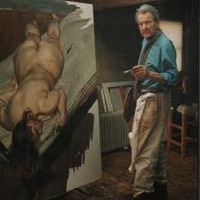
Lucian Freud
British / 1922–2011 Freud’s intense portraits reveal the physical and psychological intricacies of his subjects, characterized by meticulous realism and textured brushwork.
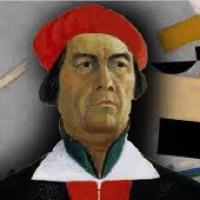
Kazimir Malevich
Russian / 1879–1935 A pioneer of Suprematism, Malevich emphasized geometric abstraction and the spiritual in art, exemplified by his iconic "Black Square."
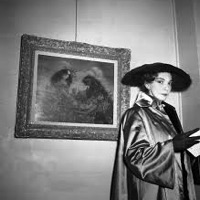
Leonor Fini
Argentine-Italian / 1907–1996 Fini’s Surrealist-inspired works explore themes of femininity and the unconscious, blending dreamlike and fantastical imagery.

Joan Miró
Spanish / 1893–1983 A key figure in Surrealism, Miró’s playful and abstract works use vibrant colors and symbolic imagery to express a sense of wonder and spontaneity.
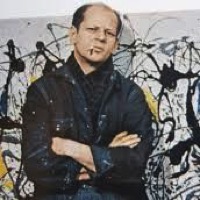
Jackson Pollock
American / 1912–1956 An iconic figure of Abstract Expressionism, Pollock developed a unique drip painting technique, emphasizing spontaneity and movement.
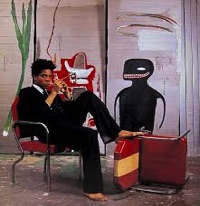
Jean-Michel Basquiat
American / 1960–1988 Emerging from the New York street art scene, Basquiat’s works combine text, symbols, and expressive imagery to explore themes of identity, race, and social issues.
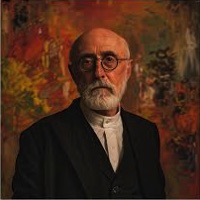
This is the heading
French / 1869–1954 A master of color and form, Matisse was a leading figure of Fauvism. His work spans vibrant paintings, sculptures, and cut-outs, exemplifying joy and simplicity.
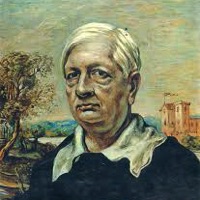
Giorgio de Chirico
Italian / 1888–1978 De Chirico’s metaphysical paintings evoke a dreamlike atmosphere, combining classical elements with enigmatic, surreal imagery.
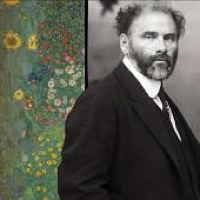
Gustav Klimt
Austrian / 1862–1918 Klimt’s highly decorative works, often featuring gold leaf, blend Symbolism and Art Nouveau. His portraits, such as "The Kiss," are celebrated for their sensuality and opulence.
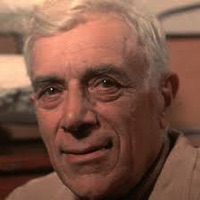
Georges Braque
French / 1882–1963 A co-founder of Cubism alongside Picasso, Braque’s innovative approach to form and perspective redefined visual representation in modern art.
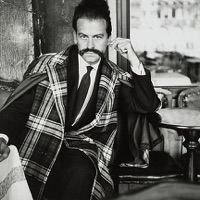
Georges Mathieu
French / 1921–2012 A pioneer of Lyrical Abstraction, Mathieu’s dynamic, calligraphic compositions emphasize spontaneity and emotion.
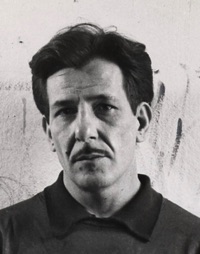
Franz Kline
American / 1910–1962 Kline’s bold, gestural Abstract Expressionist works focus on dynamic black-and-white contrasts.
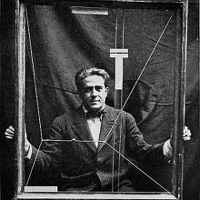
Francis Picabia
French / 1879–1953 Picabia’s eclectic works span Cubism, Dada, and Surrealism, characterized by constant experimentation and reinvention.
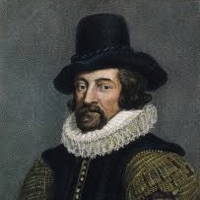
Francis Bacon
Irish-British / 1909–1992 Renowned for his raw, emotionally intense works, Bacon’s paintings often depict distorted figures that explore themes of mortality and human vulnerability.

Fernand Léger
French / 1881–1955 Léger’s works integrate Cubism and modern industrial themes, featuring bold colors and mechanical forms.
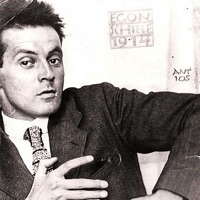
Egon Schiele
Austrian / 1890–1918 Schiele’s expressionistic works are noted for their raw emotional intensity and bold use of line and color.
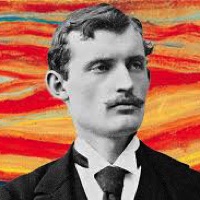
Edvard Munch
Norwegian / 1863–1944 Best known for "The Scream," Munch’s works delve into themes of existential angst, love, and mortality, influencing the Expressionist movement.
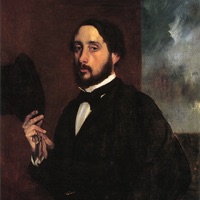
Edgar Degas
French / 1834–1917 Degas is celebrated for his depictions of dancers and everyday life, blending Impressionist techniques with classical precision.
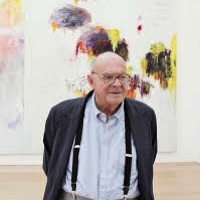
Cy Twombly
American / 1928–2011 Twombly’s abstract works incorporate gestural marks and calligraphic elements, merging painting and poetry.
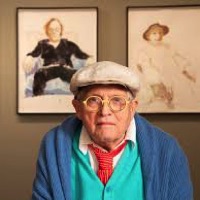
David Hockney
British / B. 1937 Hockney’s works span painting, photography, and digital art, often depicting vibrant landscapes and explorations of perception and space.
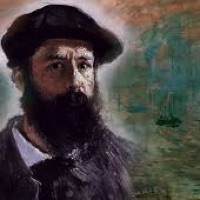
Claude Monet
French / 1840–1926 A leading figure of Impressionism, Monet focused on capturing fleeting moments of light and atmosphere. His series paintings, such as "Water Lilies," remain pivotal in modern art history.
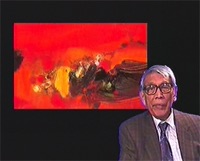
Chu Teh-Chun
Chinese-French / 1920–2014 Chu’s abstract landscapes merge traditional Chinese ink painting techniques with Western abstraction.
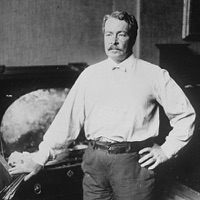
Childe Hassam
American / 1859–1935 An Impressionist painter, Hassam is known for his vibrant urban scenes and flag series, capturing American life.
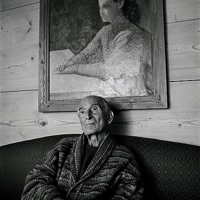
Balthus (Balthasar Klossowski)
French-Polish / 1908–2001 Balthus’s enigmatic works blend classical techniques with surreal, dreamlike compositions, often exploring themes of youth and innocence.
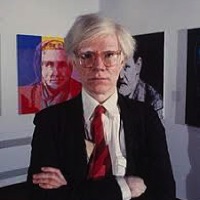
Andy Warhol
American / 1928–1987 A leading figure in Pop Art, Warhol transformed everyday objects and celebrity culture into art. His innovative use of silkscreen printing bridged the gap between commercial and fine art.
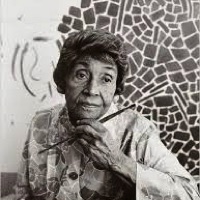
Alma Thomas
American / 1891–1978 A key figure in American modernism, Thomas’s abstract works emphasize vibrant color and rhythmic patterns.

